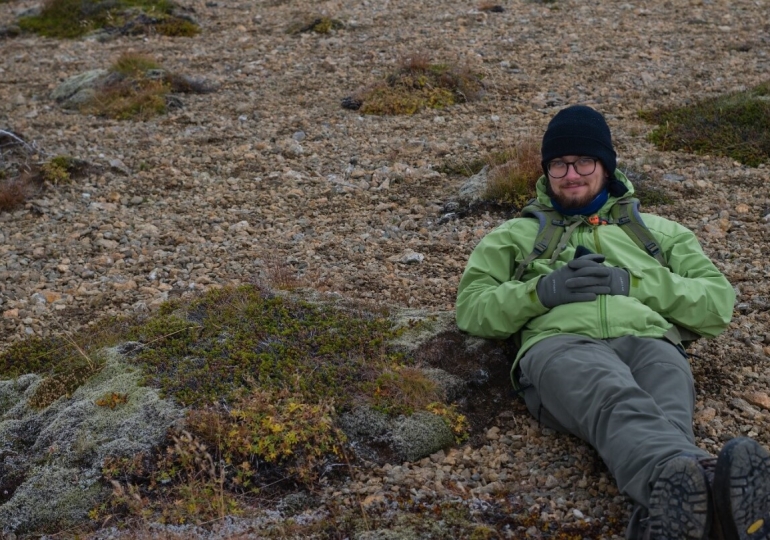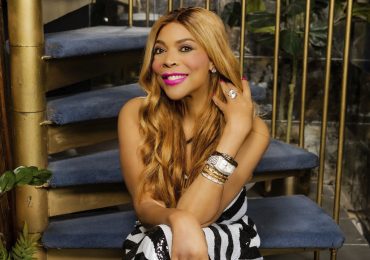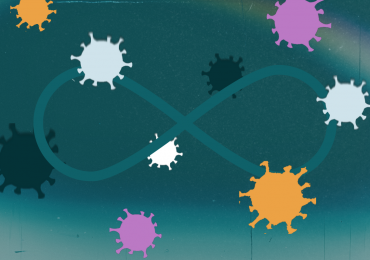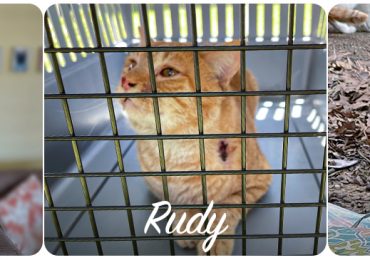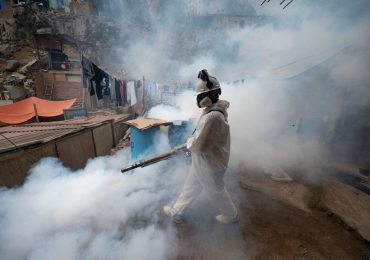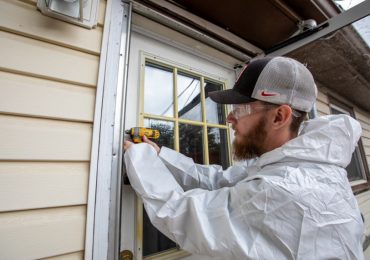In this post, Zdeněk Janovský and Jakub “Kuba” Štenc —from Charles University, Prague, Czech Republic—share their work ‘Pollinator community and generalisation of pollinator spectra changes with plant niche width and local dominance’. They discuss how they gathered hundreds of thousands of plant-pollinator visits, showed beekeepers the magic of the scientific method, and share their passion in politics and reggaeton.
Read the Czech version of this blogpost here.
About the paper
The story of this paper started some twelve years ago, when Zdeněk saw a poster of a beekeeper lobby claiming that 95% of plants are pollinated by honeybees and the remaining 5% are pollinated by wild pollinators. This claim did not correspond to his experience from the field; however, he was aware that in order to refute the beekeeper lobby’s claim, one would need a comprehensive dataset. Therefore, Zdeněk started to set aside papers with published plant-pollinator spectra of temperate European plants and started to compile and analyse the resulting database. Several years later, during the COVID pandemic, Zdeněk asked me if I would join him in finishing the task. I started with naming the database of pollinator spectra as FloViD (Floral Visitor Database).
At about the same time, data on plant species frequency and cover in Czech vegetation became available thanks to the PLADIAS project (www.pladias.cz/en) and so we could test another notion we had from the field — that the observed plant-pollinator spectra also depend on other features of plant ecology than commonly considered floral traits.
About the research
Our results were almost the exact opposite of what the beekeeper lobby claimed, with honeybees making up only 5.5% of visits to 255 plant species (and ca. 250,000 recorded individuals) included in FloViD. We were also surprised that underrated dipteran pollinators contributed to almost half of the recorded visits of surveyed plant species (Picture 1.). Furthermore, although there was a group of more specialised plants with pollinator spectra dominated by bumblebees, the majority of studied plant species had more or less generalised pollinator spectra with multiple pollinator groups visiting them in relevant numbers. This picture is rather different from the common notion of plant-pollinator interactions as the world of pollination syndromes and mutual adaptations. Perhaps the idea of pollination as a dynamic interaction of players reacting adaptively to local situations is much closer to the reality of temperate grassland ecosystems.
Similarly, our results indicate that, in order to get a reasonable idea on a plant species’ pollinator spectrum, we need to take into account other aspects of plant ecology (especially the width of the plant’s niche) than only floral traits. From the nature conservation point of view, we need to consider that habitat specialists (i.e., plants with narrow niches) may be more prone to disruption of sexual reproduction due to lack of pollinators, since their pollination, on average, relies on fewer pollinator groups. Finally, it is necessary to note that we covered only less than 10% of the species of our temperate European flora, largely concentrated in several large and conspicuous plant families (Asteraceae, Lamiaceae, Fabaceae, Ranunculaceae, Ericaceae). It may seem rather outdated in the 21st century, but we should definitely encourage ourselves to devote more time to sitting and observing the pollinators of the less shiny and less conspicuous plant species, both in grasslands and forests. Besides being simply fun, this would ultimately help to reduce the biases of our existing knowledge.
About the authors
Zdeněk Janovský
I am a plant population biologist who has devoted some fifteen years to the study of Devil’s bit scabious (Succisa pratensis) and I am like ‘my’ plants—slow, persistent, and not keen on publicity. During my academic career, I happened to motivate a group of young researchers and friends to start studying pollinators, a branch of biology that was missing at that time at Charles University. Together, we established a long-term experiment aimed at studying plant-pollinator interactions in a diverse grassland ecosystem at the meadow K Handrkovu. However, since science only rarely directly changes society and nature towards better, I ran the elections and currently serve as a mayor in my home municipality in Central Bohemia, which also encompasses the K Handrkovu meadow!
Jakub ‘Kuba’ Štenc
My name is Kuba and I am currently finishing my PhD in Botany, focusing on pollination efficiency. I am widely interested in plant-pollinator interactions and pollen transfer. I like reggaeton music and historical podcasts and love observing flowers and how pollen is transferred among them. In my future career, I would like to focus more on disentangling the structures of plant-pollinator interactions and have my own garden to plant my favourite vegetables.
Enjoyed the blogpost? Read the research here!
Leave a comment

